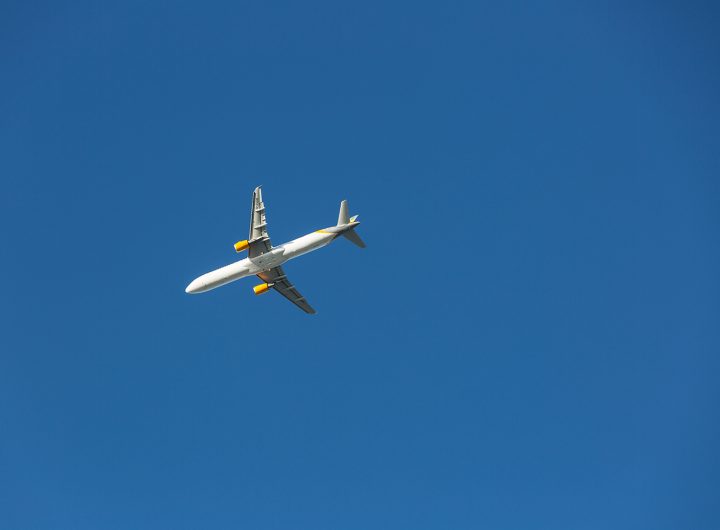- This topic is empty.
-
AuthorPosts
-
10/02/2025 at 14:38 #6388
When it comes to logistics and supply chain management, understanding the intricacies of air freight costs is crucial for businesses looking to optimize their shipping strategies. Air freight offers speed and efficiency, but it also comes with a range of variables that can significantly impact pricing. In this post, we will delve into the factors influencing air freight costs, provide insights into how to calculate these expenses, and offer practical tips for businesses to manage their shipping budgets effectively.
Understanding Air Freight Costs
Air freight costs are not a one-size-fits-all figure; they are influenced by several key factors:
1. Weight and Volume: Air freight pricing is typically based on either the actual weight or the volumetric weight of the shipment, whichever is greater. The volumetric weight is calculated using the formula: (Length x Width x Height) / 5000 (in cm). This means that lightweight but bulky items can incur higher charges than denser items of the same weight.
2. Distance and Route: The distance between the origin and destination plays a significant role in determining air freight costs. Longer distances generally lead to higher costs, but the specific route taken can also affect pricing due to factors like air traffic, fuel prices, and airport fees.
3. Type of Cargo: Different types of cargo may incur varying costs. For instance, hazardous materials or perishables often require special handling and may attract additional fees. Moreover, the value of the goods can influence insurance costs, which are an essential component of air freight pricing.
4. Seasonality and Demand: Air freight costs can fluctuate based on seasonal demand. Peak seasons, such as holidays or major sales events, often see increased shipping rates due to higher demand for air transport. Businesses should plan their shipments accordingly to avoid inflated costs during these periods.
5. Carrier and Service Level: Different air freight carriers offer various service levels, from standard to express shipping. While express services guarantee faster delivery, they come at a premium. Businesses must weigh the urgency of their shipments against their budget constraints.
Calculating Air Freight Costs
To accurately estimate air freight costs, businesses should consider the following steps:
1. Gather Shipment Details: Collect all relevant information about the shipment, including dimensions, weight, type of cargo, and destination.
2. Choose a Freight Forwarder: Partnering with a reputable freight forwarder can provide valuable insights into pricing structures and help navigate the complexities of air freight logistics.
3. Request Quotes: Obtain quotes from multiple carriers to compare rates. Ensure that the quotes include all potential fees, such as fuel surcharges, handling fees, and customs duties.
4. Consider Additional Services: Evaluate whether additional services, such as insurance or expedited customs clearance, are necessary for your shipment. These can add to the overall cost but may provide peace of mind and faster delivery.
Tips for Managing Air Freight Costs
1. Consolidate Shipments: If possible, consolidate smaller shipments into a single larger shipment. This can reduce costs by maximizing the use of space and minimizing handling fees.
2. Negotiate Rates: Establishing a long-term relationship with a freight forwarder can lead to better rates and terms. Don’t hesitate to negotiate based on your shipping volume and frequency.
3. Optimize Packaging: Efficient packaging can reduce the volumetric weight of shipments, leading to lower costs. Use lightweight materials and design packaging that minimizes wasted space.
4. Monitor Market Trends: Stay informed about market trends and fluctuations in air freight rates. This knowledge can help businesses time their shipments strategically to take advantage of lower rates.
5. Utilize Technology: Leverage logistics management software to track shipments, analyze costs, and optimize routes. Technology can provide valuable data that aids in decision-making and cost management.
Conclusion
Understanding how much air freight costs involves navigating a complex landscape of variables that can significantly impact your shipping budget. By considering factors such as weight, distance, cargo type, and market conditions, businesses can make informed decisions that optimize their logistics strategies. With careful planning and strategic partnerships, companies can effectively manage air freight costs and ensure timely delivery of their goods.
-
AuthorPosts
- You must be logged in to reply to this topic.

 Google hit with record EU fine over Shopping service
Google hit with record EU fine over Shopping service  Business booming for giant cargo planes
Business booming for giant cargo planes  Trump-Putin: The understandable story
Trump-Putin: The understandable story